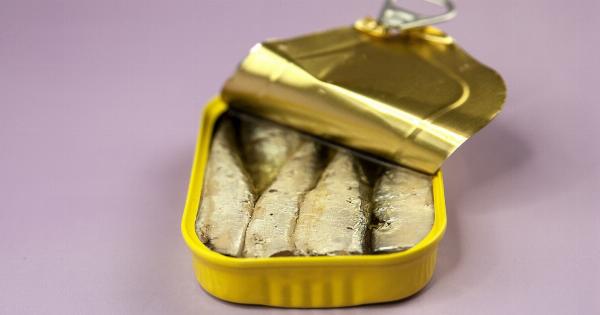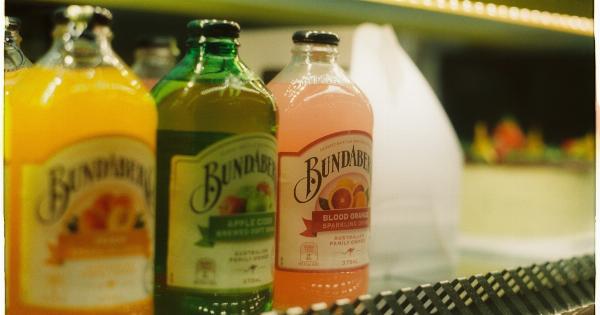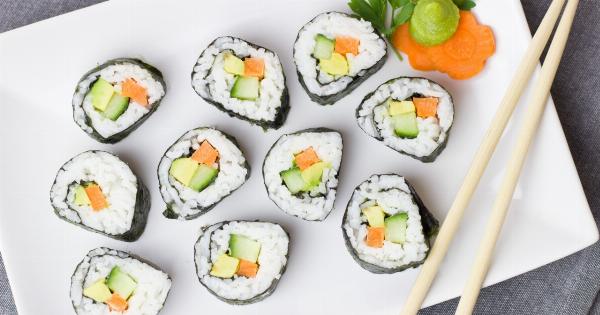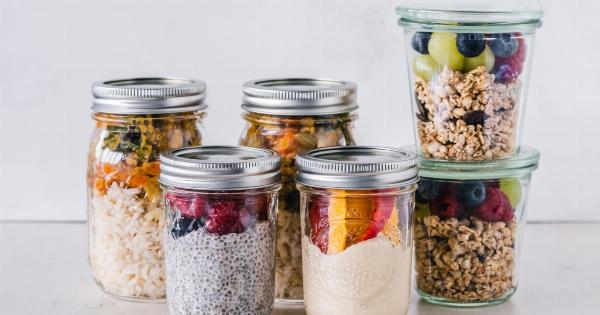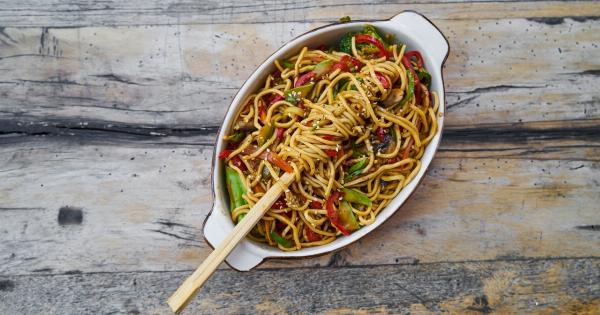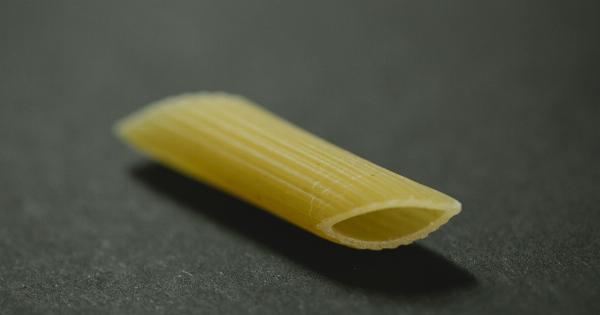When it comes to preserving food, freezing and canning are popular methods that help extend the shelf life of perishable items. Both freezing and canning have their advantages and allow us to enjoy seasonal produce all year round.
However, a common concern among many is whether these preservation methods lead to nutrient loss in the food. In this article, we will explore whether nutrients are lost when food is frozen or canned, and how these preservation methods may impact the nutritional value of our meals.
The Freezing Process
Freezing food involves lowering its temperature below freezing point to inhibit the growth of bacteria and other microorganisms. This preservation method is widely used for fruits, vegetables, meats, and even cooked meals.
But what happens to the nutrients during the freezing process?.
Effects on Nutrient Retention
While freezing food can lead to some nutrient loss, it is generally minimal. The main nutrients that may undergo slight degradation during freezing are vitamin C and certain B vitamins.
These nutrients are sensitive to temperature and can be partially destroyed when exposed to low temperatures for extended periods. However, freezing actually helps preserve other vital nutrients such as minerals, fiber, and antioxidants.
Factors Affecting Nutrient Retention in Frozen Food
Several factors can influence the extent of nutrient retention in frozen foods. Let’s explore some of the crucial factors:.
1. Initial Nutrient Content
The nutrient content of food before freezing plays a significant role in determining the final nutrient levels.
Fresher produce that is frozen soon after harvest generally retains more nutrients compared to produce that is already aged or has undergone significant processing before freezing.
2. Freezing Time and Temperature
The longer the freezing time, the greater the potential for nutrient loss. However, the actual impact on nutrient degradation can vary depending on the specific food item.
Freezing temperatures can range from -18°C (0°F) for home freezers to even lower temperatures in commercial frozen storage facilities. Generally, the lower the temperature, the better the retention of nutrients.
3. Packaging and Storage Conditions
The choice of packaging materials and the storage conditions can significantly influence nutrient retention. Packaging that prevents exposure to air and moisture helps maintain the quality of frozen foods and reduces nutrient loss.
Vacuum-sealed bags or airtight containers are commonly used to package frozen foods, ensuring minimal contact with air.
Prolonged storage times, especially beyond the recommended duration, can lead to nutrient deterioration. It is essential to follow the recommended storage guidelines to maximize nutrient retention in frozen foods.
The Canning Process
Canning involves sealing food in airtight containers and then heating them to destroy microorganisms. This process sterilizes the food and creates a shelf-stable product that can be stored for an extended period.
However, does canning affect the nutrient content of the food?.
Effects on Nutrient Retention
The canning process can cause some nutrient loss, but the extent varies depending on the food item and the specific nutrient. Vitamins C and B1 (thiamine) are particularly sensitive to heat and can be significantly reduced during canning.
On the other hand, canning generally enhances the availability of certain nutrients, such as lycopene in tomatoes, which becomes more accessible through the heating process.
Factors Affecting Nutrient Retention in Canned Food
Several factors influence nutrient retention in canned foods. Let’s take a closer look:.
1. Heating Time and Temperature
The duration and intensity of the heating process during canning can impact nutrient retention. Higher temperatures can lead to more significant nutrient loss. However, this varies depending on the specific nutrient and the food being canned.
2. Initial Nutrient Content
As with freezing, the nutrient content of the food before canning greatly affects its final nutritional value. Fresher and minimally processed foods generally retain more nutrients after canning.
3. pH Level
The acidity level (pH) of the food being canned can also affect nutrient retention. Foods with lower pH levels, such as tomatoes, tend to retain certain vitamins and antioxidants better during the canning process.
4. Oxygen Exposure
Oxygen exposure can lead to nutrient degradation. Proper sealing of cans and minimizing air exposure helps maintain nutrient levels in canned foods.
Oxidation reactions can also affect the color and taste of canned foods but usually do not impact nutrient content significantly.
Which Method Is Better for Nutrient Retention?
Both freezing and canning have their advantages and can be effective methods for preserving food.
While both processes can result in some nutrient losses, these losses are generally not significant and can be mitigated with proper handling and storage practices.
If nutrient retention is a primary concern, freezing is generally a better option. Freezing allows for the preservation of a wide range of nutrients, including minerals, fiber, and antioxidants.
However, some foods may experience texture changes after being frozen, which may affect their palatability.
Canning, on the other hand, can lead to more significant nutrient losses, especially for heat-sensitive vitamins. However, canned foods offer convenience, extended shelf life, and can sometimes enhance the availability of certain nutrients.
It is important to note that not all foods are suitable for canning, and proper canning techniques must be followed to ensure safety and quality.
Conclusion
Overall, both freezing and canning are effective methods for preserving food and can help us maintain a nutrient-rich diet throughout the year.
While some nutrient losses may occur during these preservation processes, they are generally minimal and can be offset by consuming a varied and balanced diet. The key to maximizing nutrient retention is to use fresh produce, follow proper freezing and canning techniques, and adhere to recommended storage guidelines.

